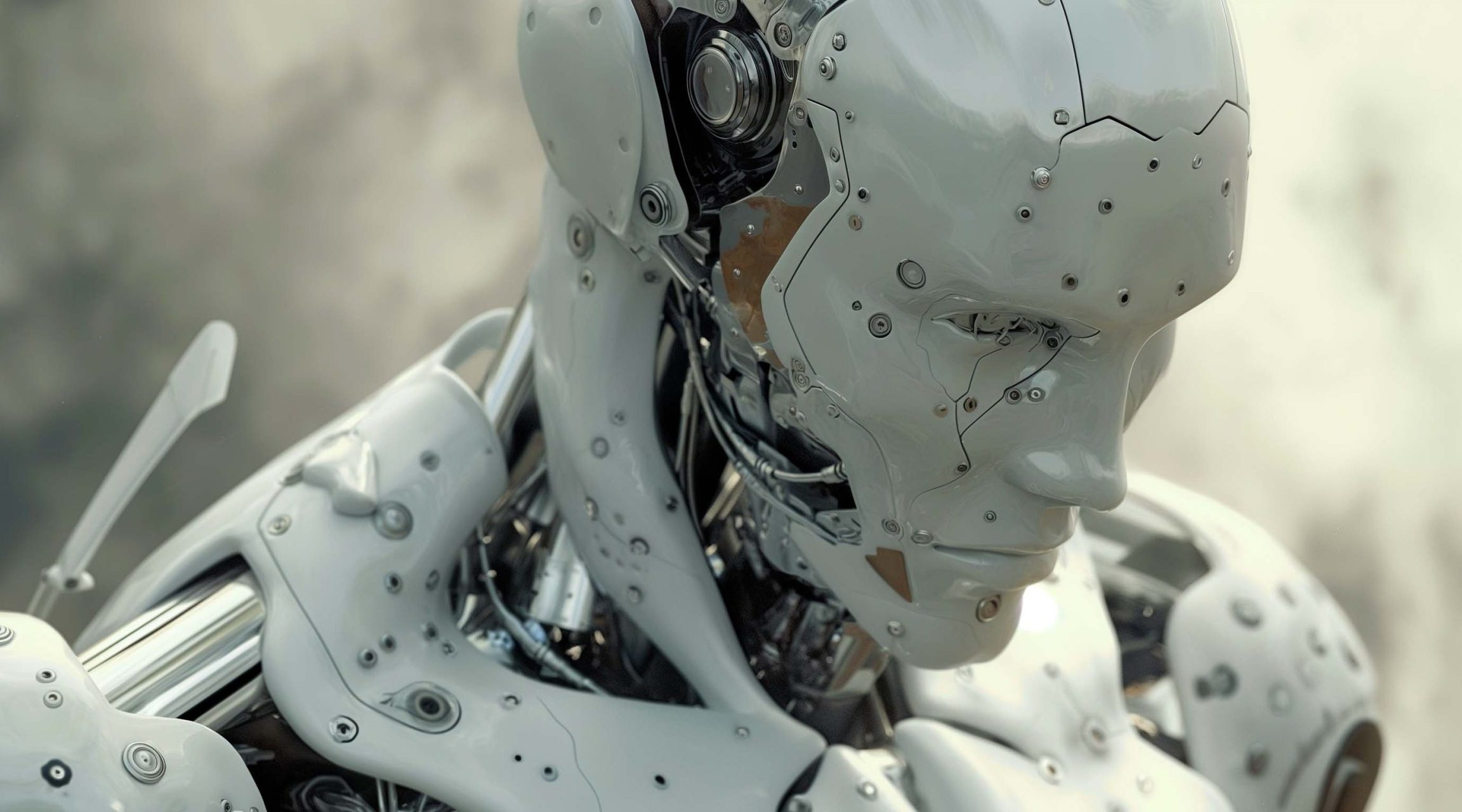The 7 Stages of AI: A Journey Through Artificial Intelligence’s Evolution
Artificial intelligence (AI) has become an inescapable part of our lives, woven into the fabric of our daily routines from personalized recommendations to voice assistants. But what exactly is AI, and how did we get here? The answer lies in the fascinating journey of AI’s evolution, often described as traversing seven distinct stages. This article delves into each stage, exploring its key aspects and potential future implications.
Stage 1: The Dawn of AI – Rule-Based Systems (1950s – 1960s)
The first stage, spanning the 1950s and 1960s, saw the emergence of rule-based systems. These early AI systems focused on simulating human decision-making by encoding explicit rules and logic into computer programs. Imagine a chess-playing AI programmed with every possible move and its counter, relying solely on pre-determined rules to make decisions. While these systems excelled in well-defined environments like chess, they struggled with the complexities and uncertainties of the real world.
Stage 2: Learning from Experience – Machine Learning (1960s – 1980s)
The limitations of rule-based systems led to the rise of machine learning (ML) in the 1960s and 1980s. Instead of relying on predefined rules, ML systems can learn from data. Imagine teaching an AI to identify spam emails by showing it examples of both spam and non-spam emails. Over time, the AI learns to recognize patterns and classify new emails accurately. This shift marked a significant leap forward, enabling AI to adapt to new information and handle situations for which explicit rules weren’t defined.
Stage 3: Uncovering Hidden Patterns – Data Mining (1980s – 2000s)
As the volume of data generated by various sources skyrocketed in the 1980s and 2000s, the focus shifted to data mining. This stage involved the development of techniques to extract valuable insights and patterns from massive datasets. Imagine analyzing customer purchase history to identify buying trends and predict future purchases. Data mining empowered AI to not only learn from data but also uncover hidden knowledge within it, enabling better predictions and decision-making.
Stage 4: Reasoning and Understanding – Context Awareness and Retention Systems (2000s – Present)
The 2000s and beyond witnessed the rise of context awareness and retention systems. This stage marked a shift towards AI systems that not only learn from data but also understand the context in which it exists. Imagine a virtual assistant that remembers your preferences and adapts its responses based on the situation. These systems incorporate past interactions and external factors, leading to more nuanced and contextually relevant responses.
Stage 5: The Quest for Human-Level Intelligence – Artificial General Intelligence (AGI)
We now enter the realm of the theoretical: Artificial General Intelligence (AGI). This stage envisions the creation of AI systems with human-level intelligence, capable of understanding and learning any intellectual task that a human can. Imagine an AI that can not only play chess at a grandmaster level but also converse fluently in multiple languages, write a compelling novel, or solve complex mathematical problems. While significant progress has been made in areas like natural language processing and computer vision, achieving true AGI remains an elusive and highly debated goal.
Stage 6: Surpassing Human Capabilities – Artificial Superintelligence (ASI)
Beyond AGI lies the even more theoretical concept of Artificial Superintelligence (ASI). This stage envisions AI surpassing human intelligence in all aspects, potentially by a significant margin. Imagine an AI that not only possesses human-level intelligence but also continuously improves and evolves at an exponential rate, surpassing our ability to comprehend or control it. The potential benefits and dangers of ASI are a subject of ongoing debate, with some scientists expressing optimism about its ability to solve complex problems, while others raise concerns about existential risks.
Stage 7: The Singularity – A Point of No Return?
The final stage, often referred to as the singularity, is purely speculative. It portrays a point in time where technological advancement, fueled by ASI, accelerates beyond human comprehension and control. The singularity remains hypothetical, with differing opinions on its likelihood and implications. Some envision a utopian future where AI tackles complex challenges beyond human capacity, while others fear a dystopian scenario where AI surpasses human control, with unpredictable consequences.
Looking Ahead: Navigating the Future of AI
The journey through the seven stages of AI highlights the impressive advancements achieved so far. However, it is crucial to acknowledge that each stage comes with its own set of challenges and ethical considerations. As we navigate the future of AI, it is essential to ensure responsible development and deployment, focusing on collaboration, transparency, and human-centered approaches.


